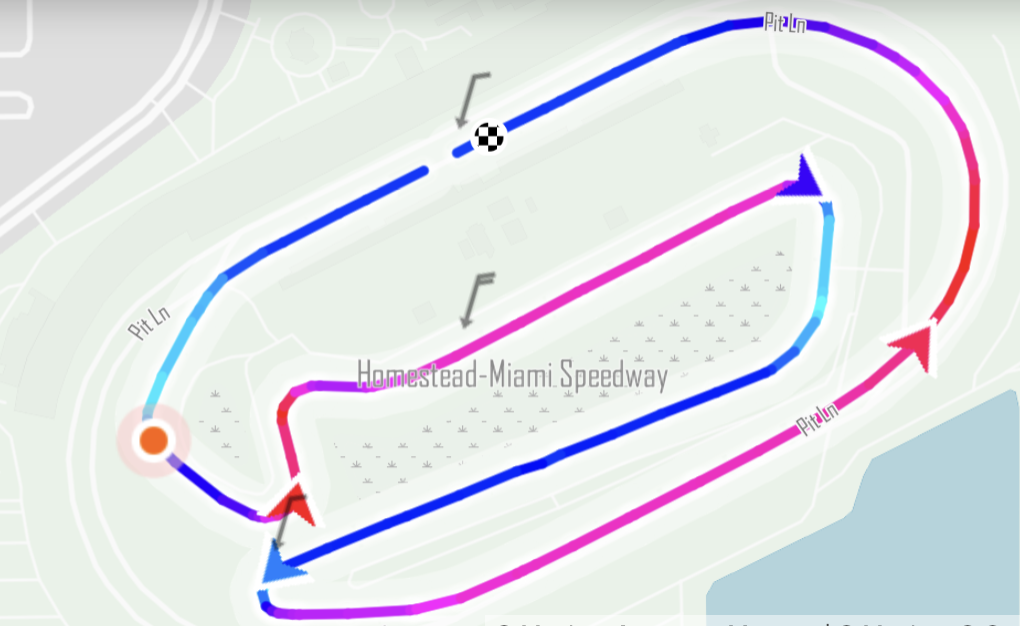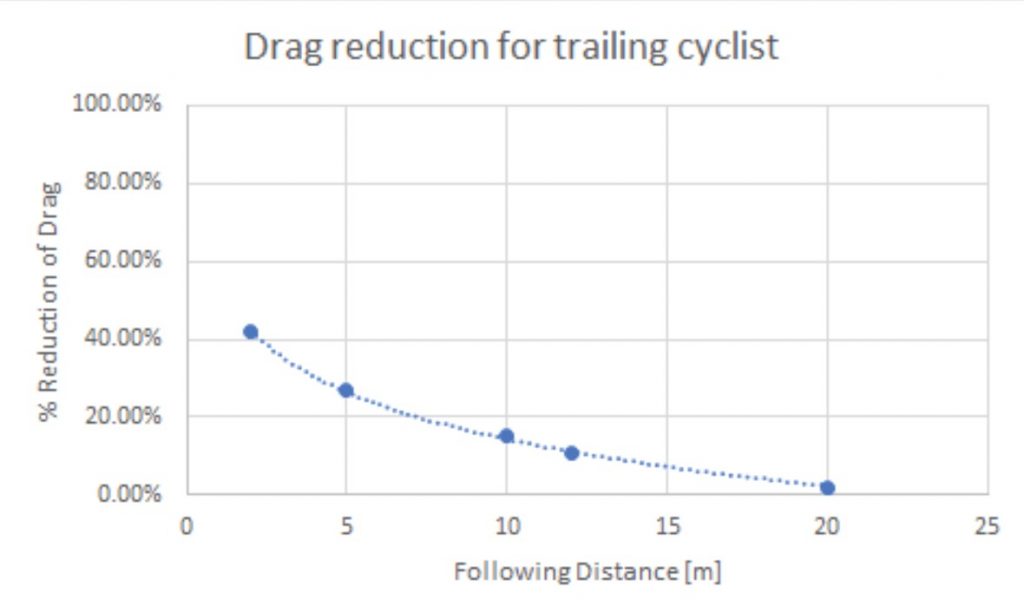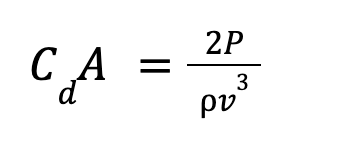The 20m draft rule is fantastic for fairer racing, and the weak bikers are paying for it on the run.

The T100 series has begun in triathlon and true to form from the other PTO races, save for a couple of exceptions, the run speed from the men has been really slow. Well, slow relative to the run splits these guys have produced in the past and myWindsock, combined with a look into the rules at other races regarding the distance they’re allowed to ride. Previously, we talked about Race Ranger and the differences it can make – but the pro men seem to have ignored this message so today we will look into the physics of race tactics at 20m…
The rules stipulate that you can ride 20m behind the rider in front, does that actually provide any benefit?

This is how the drag is calculated and there’s two things worth noting, a reduction in drag is worth more at higher speeds and it’s linearly related to the change in power.

How much power is saved at 20m?
The answer is 3%, so if the bloke in front is doing 370W as Magnus Ditlev reportedly did in Daytona, the man behind him is doing 358W under our fixed conditions at a speed of 47kph. If they’re at the legal IRONMAN distance of 12m from the front wheel, the following rider would be doing around 315W – it’s clear that a change in tactic is necessary to prevent over-biking.
This leads us to a key takeaway – if the drafting distance is 20m then your in-race decision making must be different to if it’s 10m or 12m.
Ok, so should I follow a rider like Magnus Ditlev?
If you’re riding at 20m, you should only follow a rider who you’re sure that your abilities on the bike are similar to. This is a decision that Sam Laidlow has got wrong on a couple of occasions, including in the recent PTO race – when he rode with Ditlev then blew up on the run. Riders in the T100 should cede the time on the bike as it’s clear many of them are riding too hard.
It would also seem that the female athletes are better decision makers. Despite there being many amazing riders in the women’s field (Paula Findlay finished 25th at TT world champs and was outridden in the T100 in Miami) – the run times in the women’s field don’t appear to be any slower than at a “normal” race.
If you remember one thing from this blog, let it be this: If the rider in front of you is more than 3% stronger than you, then you being 20m off their wheel is not an advantage, but a disadvantage.
If you want to be more informed in your race decision making, sign up to myWindsock here.




 UK Time Trial Events
UK Time Trial Events